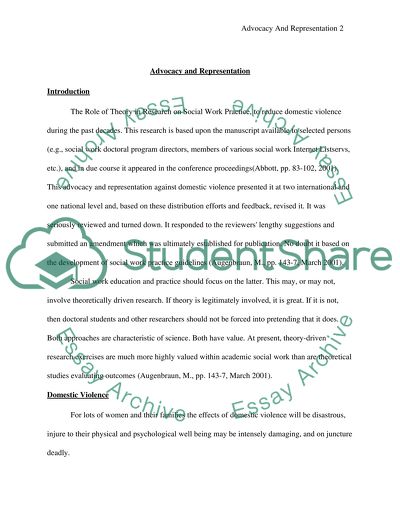Cite this document
(“Advocacy and representation Essay Example | Topics and Well Written Essays - 2500 words”, n.d.)
Retrieved from https://studentshare.org/law/1517422-advocacy-and-representation
Retrieved from https://studentshare.org/law/1517422-advocacy-and-representation
(Advocacy and Representation Essay Example | Topics and Well Written Essays - 2500 Words)
https://studentshare.org/law/1517422-advocacy-and-representation.
https://studentshare.org/law/1517422-advocacy-and-representation.
“Advocacy and Representation Essay Example | Topics and Well Written Essays - 2500 Words”, n.d. https://studentshare.org/law/1517422-advocacy-and-representation.


